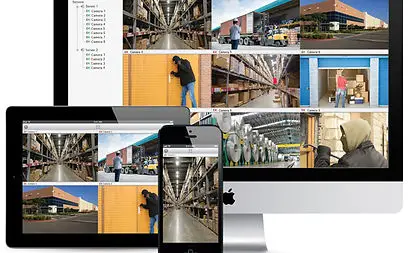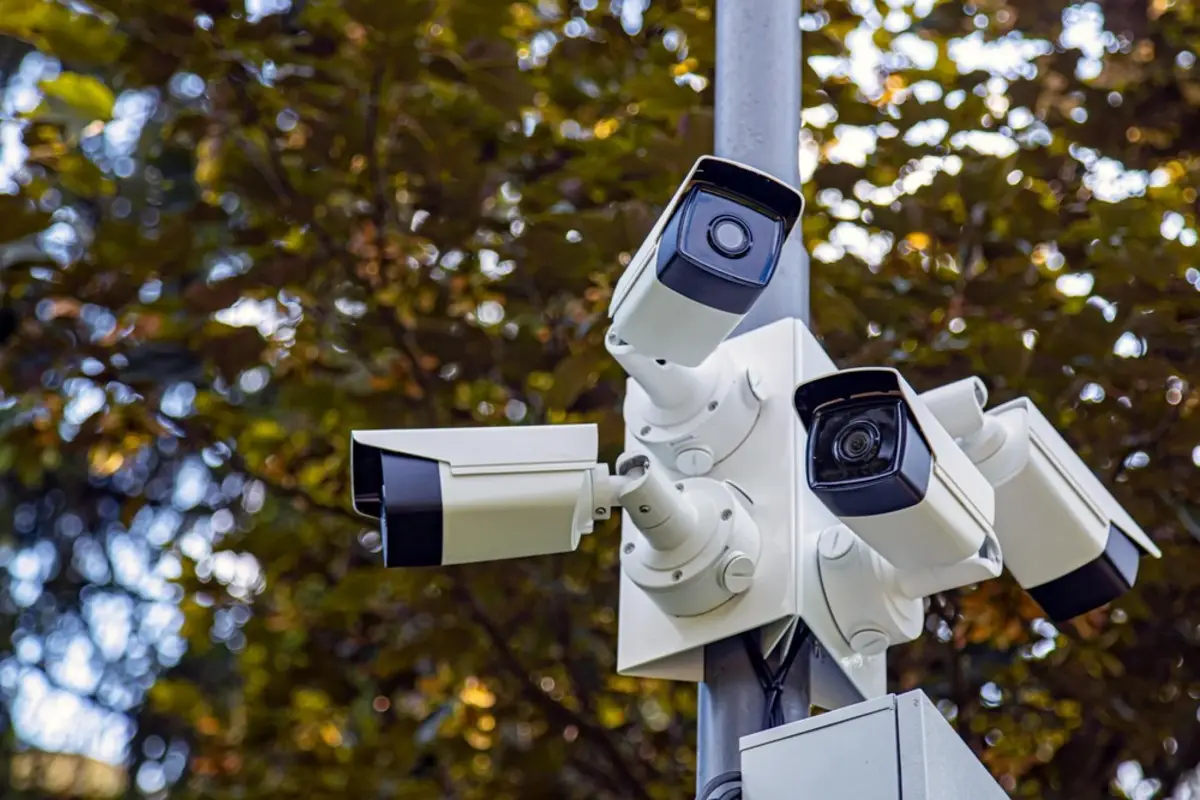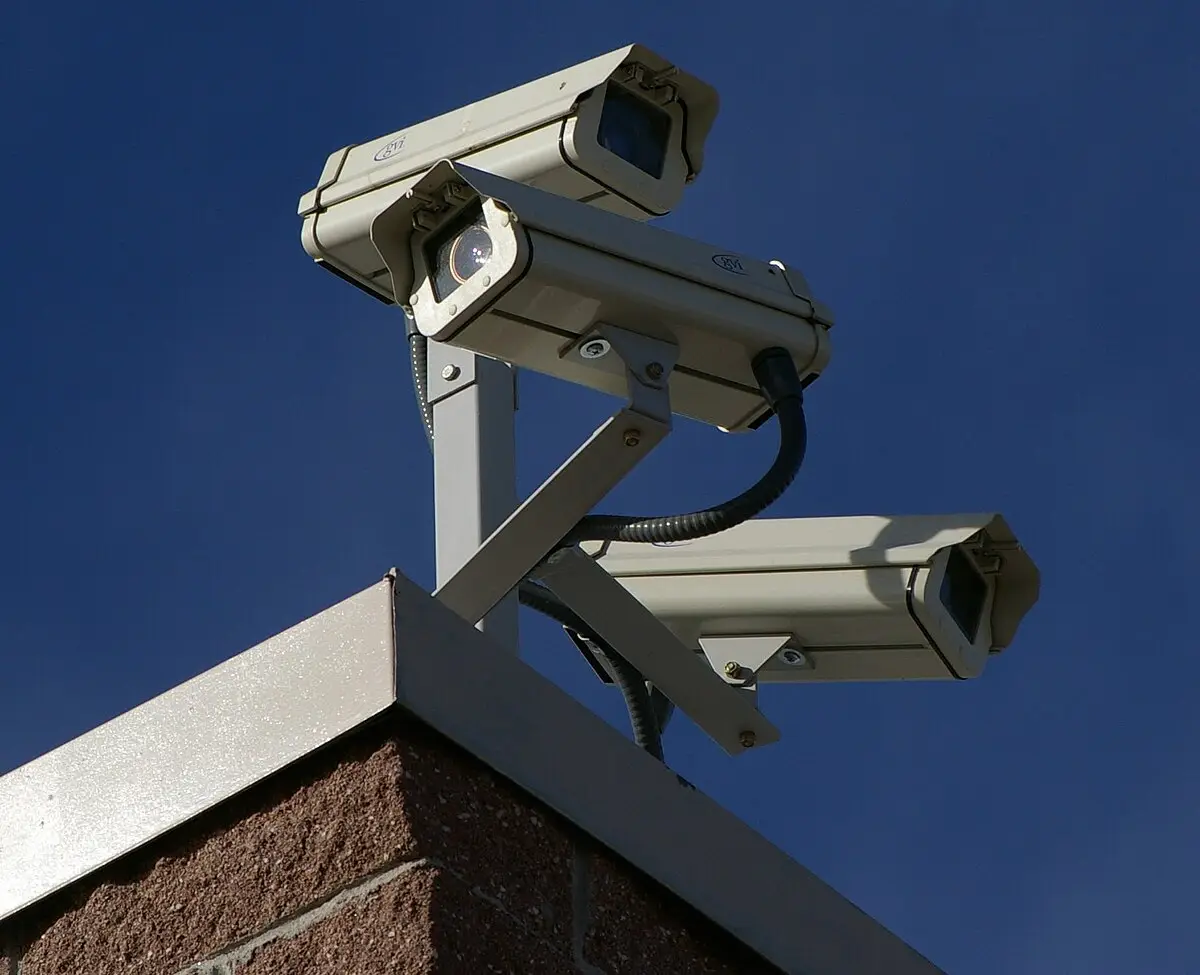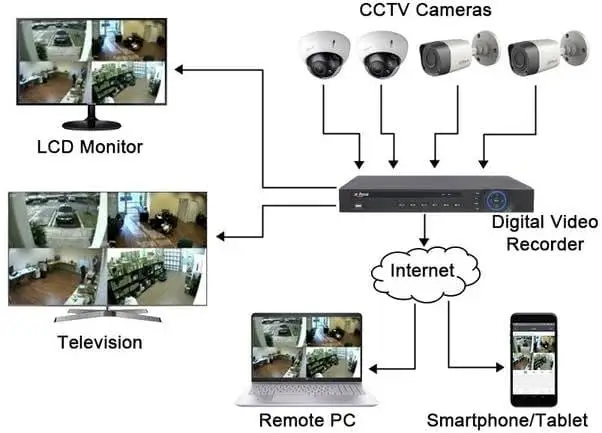Analog Surveillance Systems










Digital Video Recorder (DVR)
A digital video recorder (DVR) is an electronic device, which encodes , processes and records the feed from analog cameras in to a hard drive with the date and time as per the parameters set inbuilt using the video capture hardware and the video can be searched and reviewed and used as a evidence of occurrence of an incident. The DVR has options to set the recording resolution / Type of recording/ Video Parameters / Alarm handling etc. depending on the requirement a specific DVR model can be selected by the user.
Features /Specs:
Operating system – Embedded Linux or RTOS
Video input – 4/8/16/24/32 channel Video /audio inputs options are available
Video output – VGA /CVBS /HDMI interface available (varies with models)
Preview resolution – Depending on the Model various options are available CIF, D1, etc
Recording resolution – Ranges available like QCIF/CIF/4CIF
Search function – Recorded files search function based on various parameters available
No of HDD’s support – Supports HDD capacity up to 4GB per slot/interface
HDD capacity – Supports HDD capacity up to 4GB per slot/interface
Video parameters – Can be configured as per requirement
Interfaces – various interfaces like USB/RJ45/RS485/RS 232 are available
Remote access – Remote access of the DVR through LAN and WAN possible
Web server – Web server is in built for remote access/configuration using web browser

Features /Specs:
DVR’s are normally preferred/used by users who are really in need of a security /surveillance system at a optimal cost meeting their requirement of recording of the video from the cameras as the configuration done. DVR’s are used in locations where doing a cabling is not a constraint. DVR’s normally supports analog cameras only but nowadays Hybrid DVR’s are available which support a combination of ANALOG and IP cameras.
Analog Cameras
Cameras on an modern analog CCTV system send their video in the traditional base band format over coax or UTP cabling back to a digital video recorder (DVR). Here, video is digitized and stored on hard drives. Most modern DVRs are a network device, and as such can be accessed remotely from the LAN, or with the proper configuration, from across a WAN or the internet. There are no tapes to change. Video is kept on hard drives, typically on a FIFO basis so there is always a rolling video archive of the past X days. So, despite the fact that video is being transmitted from the cameras in an analog format, live and recorded video is still available over the network. The Analog Cameras are available in all common types Dome, C Mount, IR Camera, Speed Dome etc…
Advantages of analog security cameras:
Lower price: because of the simpler and more primitive nature of the technology, analog security cameras costs less than comparable IP security cameras.
Simpler installation: analog cameras with DVR are easier to set up – connecting to a DVR is much easier and requires less programming.
Lower bandwidth requirements: Analog cameras transmit recorded video files to the DVR over coax cable instead of LAN, so transmitting them doesn’t take as much bandwidth and puts less pressure on your network.
Disadvantages of analog security cameras:
Cabling: More cabling is required for analog cameras to connect to both the power supply and the DVR. The coax cables required for an analog system are usually more expensive than the CAT 5/6 counterparts used for digital systems.
Image Quality: The image quality on analog cameras is much lower compared to IP cameras. Because of lower resolution, zooming capacity is limited too.
Port Limitations on DVR: DVRs come with a set number of ports, usually 8 or 16 which limits the number of cameras you can connect. If you exceed this number, you’ll have to get a second DVR. But overall, analog cameras are more suitable for smaller, simpler surveillance systems.
Not suitable for wireless systems: due to analog frequencies and signal strength, analog wireless surveillance systems do not work very well.

